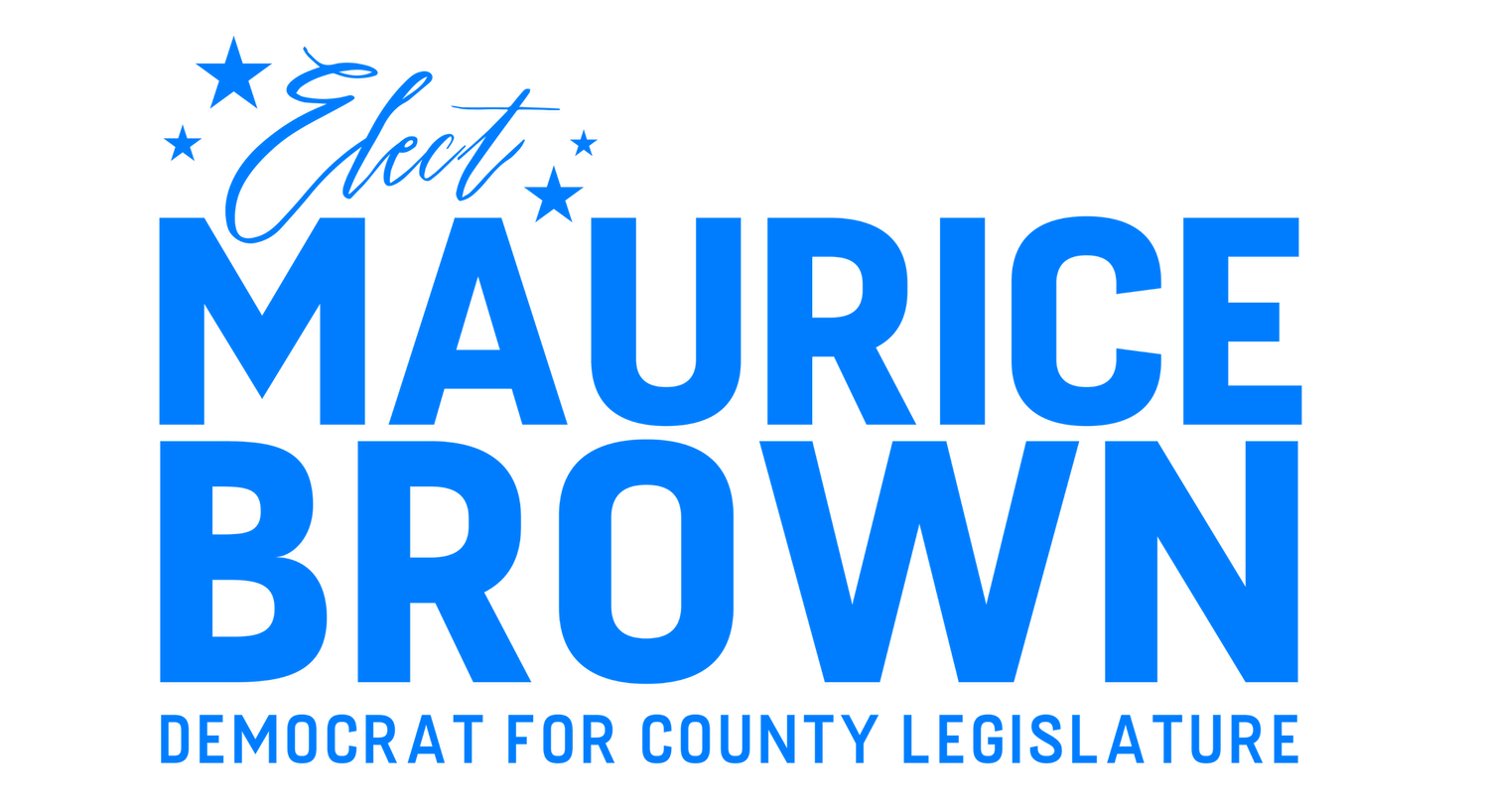Mo Brown: Why Smart Campaign Spending Matters
The Numbers Don’t Lie
Campaign spending is often treated like a scoreboard. Who raised the most? Who had the biggest mail piece? Who bought the most ads? But the truth is, how you spend matters just as much as how much you raise.
As someone who has run for office and helps others do the same I’ve seen firsthand how effective campaigns make every dollar count. I’ve also seen campaigns where money gets tossed around with no clear strategy or impact.
So I started digging.
A Deep Dive Into Cost-Per-Vote
Using public records, I pulled data from races across New York, from local city council contests to major mayoral campaigns, to look at one simple, but powerful metric: cost per vote.
This isn’t a perfect science. The Board of Elections filing system is clunky. Some candidates use multiple committees or carry funds over from past races. But even with those caveats, the data tells a story.
What the Numbers Tell Us
The campaigns with the lowest cost per vote weren’t necessarily the ones that raised the most money they were the ones that used it wisely. Ground game. Relational organizing. Smart targeting. Real conversations with voters.
Compare that to some of the races where campaigns spent over $100 per vote and still lost. That’s not just bad luck that’s bad planning.
Campaigns Are Strategy, Not Just Spending
This isn’t about shaming any candidate for trying. It’s about understanding that campaigns are strategic operations, not fundraising contests. And when you burn through six figures and get crushed at the polls, it’s worth asking why.
When I ran for office, our team spent thoughtfully. We spent less per vote than many others because we focused on people, not gimmicks. And it worked.
I’m Working on a Video
I’ll be releasing a video soon that walks through these numbers and breaks down what worked and what didn’t so future candidates (and donors) can make smarter decisions.
Because democracy is too important to be left to expensive mistakes.


